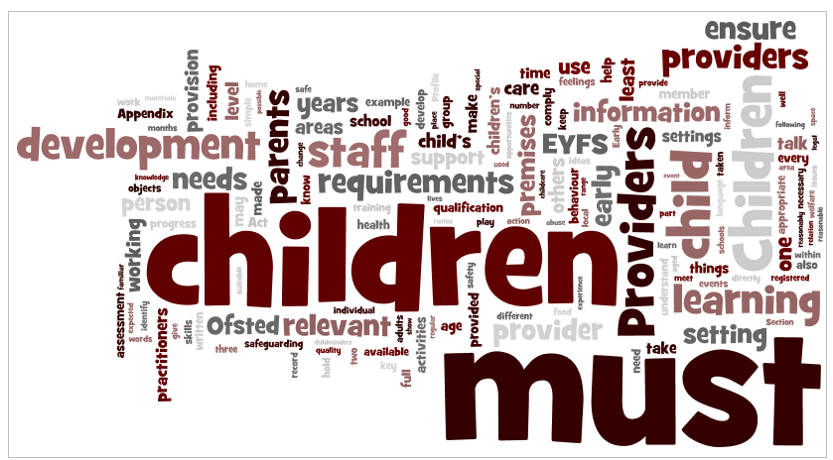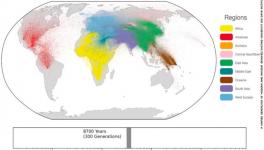Emergence of Language as a Product of Social Interactions

Image Courtesy: Tom Barrett’s Blog.
The thousands of languages across the world which have been developed during the course of human evolution have posed many questions to the scientific communities. Not only that, it is also a philosophical question. People have tried to look at the matter from various angles. Neuroscientists and cognitive scientists have also deciphered how language is intricately linked to the evolution of the brain.
Apart from the evolution of brain, how language emerged from the process of social interaction is another issue that has long been pondered upon. Now, researchers from the Leipzig Research Centre for Early Childhood Development at Leipzig University and the Max Planck Institute for Evolutionary Anthropology have come out with new findings in their behavioural experiments, that too, with surprising results. Their findings, which were published in PNAS, suggest that even young school children can spontaneously develop communication system, which forms the kernel of natural language.
It has been observed in many cases that strangers with hearing disabilities, when brought together in a community, can come up with their own sign languages spontaneously. In this regard, the famous case of the Nicaraguan sign language could be a good example. In the 1970s and 1980s, children with hearing disabilities in a number of schools in western Nicaragua spontaneously developed this sign language. For linguists as well, this is of particular interest, because it provides the opportunity to study what they believe to be the birth of a new language. However, it still remains something of an enigma as to how exactly this could happen. Manuel Bohn, the lead author of the PNAS study explains, “We know relatively little about how social interaction becomes language. This is where our new study comes in."
The researchers attempted to recreate the process, where they took children as the subjects of their study. But the problem was how to make children communicate with each other without them reverting to talking to each other? The solution was Skype. During the period of the study, the children were invited to stay in two different rooms and a Skype connection was established. The researchers switched off the sound after some preliminary introduction of the system and observed how the children found new ways to communicate that go beyond the spoken language.
The task that the children had to perform was to describe an image to each other. For example, in describing the image of a fork, the children quickly found a solution by imitating the corresponding action, that is eating, in their gesture. Researchers repeatedly increased the challenge before the children with more abstract pictures. As an example, they introduced a white sheet of paper as the image. It was difficult to imitate the nothingness that the blank white sheet portrayed. But, quickly enough, the children found a way out. Gregor Kachel, another author of the study describes it as, “The sender first tried all sorts of different gestures, but her partner let her know that she did not know what was meant. Suddenly our sender pulled her T-shirt to the side and pointed to a white dot on her coloured T-shirt. The two had a real breakthrough: of course! White! Like the white paper! Later, when the roles were switched, the recipient didn't have a white spot on her T-shirt, but she nevertheless took the same approach: she pulled her T-shirt to the side and pointed to it. Immediately her partner knew what to do." Within a not-so-long period, the two could establish a sign for an abstract concept. In the course of the study, the pictures got more and more complex and the children adopted accordingly.
Then how does a language emerge? The findings of the present study suggest that, at first, people create some references to actions and objects through signs that resemble things. The partners also imitate in a similar fashion so that they can assign same signs or same things. Thus, the signs eventually acquire conventional meanings. Over time, the relationships between the signs and things become more abstract and the meaning of the individual signs more specific. Hereafter, the grammatical structures were introduced.
What the study suggests is that, communication cannot be reduced to only words. In the absence of a conventional spoken language, people find other ways to get their messages across. This provides the basis for a new language.
Get the latest reports & analysis with people's perspective on Protests, movements & deep analytical videos, discussions of the current affairs in your Telegram app. Subscribe to NewsClick's Telegram channel & get Real-Time updates on stories, as they get published on our website.






















